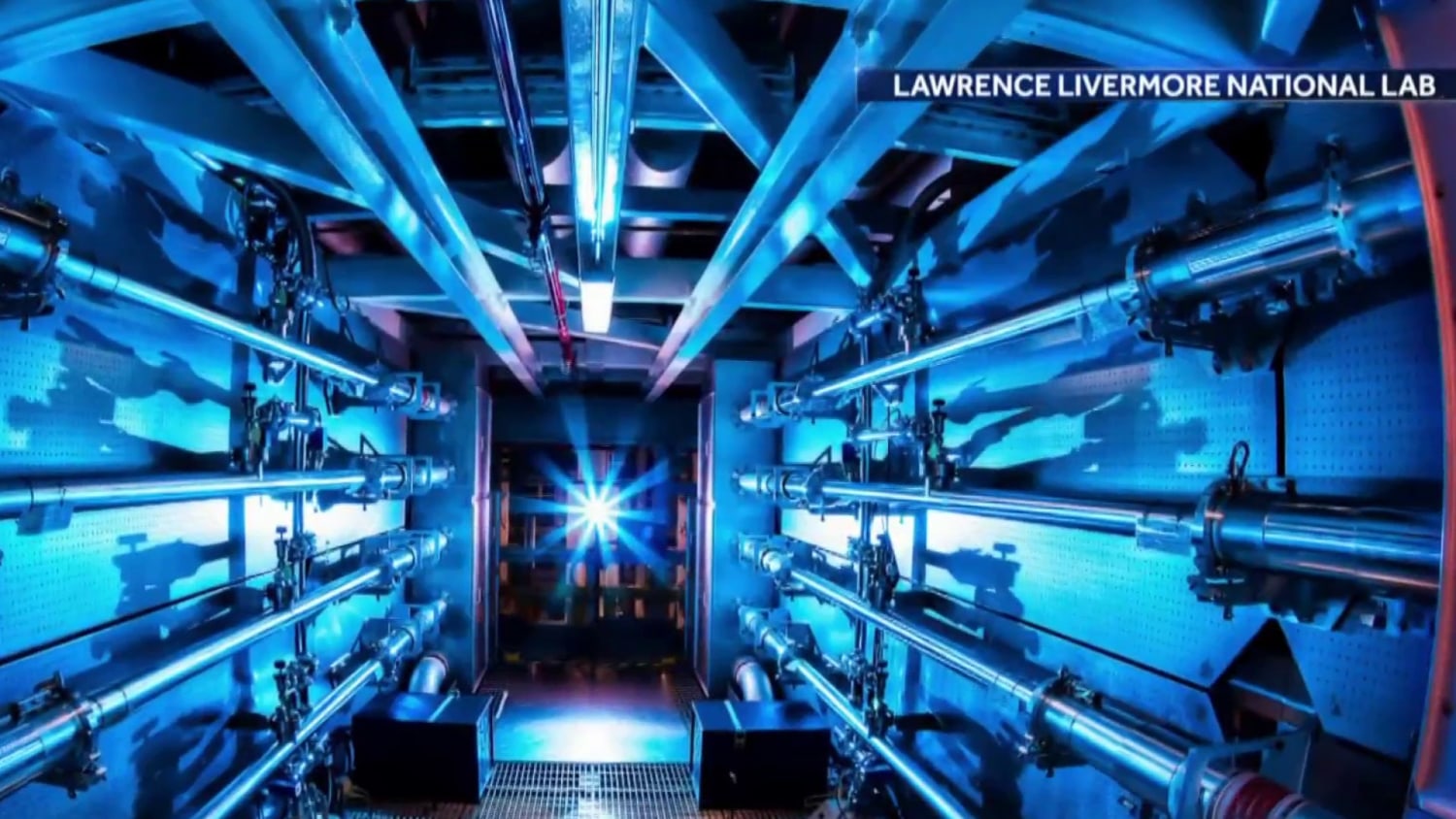Nuclear fusion
Nuclear fusion is a reaction in which two or more atomic nuclei are combined to form one or more different atomic nuclei and subatomic particles neutrons or protons. Proposed and in-development fusion reactors use deuterium and tritium two isotopes of hydrogen or other light isotopes of elements such as helium lithium and boron to induce nuclear fusion.

G29z5ystoeznxm
DT fusion produces a neutron and a helium nucleus.

. 18 hours agoNuclear fusion is a man-made process that replicates the same energy that powers the sun. Nuclear fusion has been touted as one way to bring cheap electricity to impoverished regions as according to the Financial Times just a small cup of the hydrogen fuel produced could. Nuclear Fusion is the opposite of nuclear fission reaction in which heavy elements diffuse and form lighter elements.
Researchers focus on DT reactions both because they produce large amounts of energy and they occur at lower. The blanket of a hybrid fusion system can therefore contain the same fuel as an ADS for example the abundant element. Both nuclear fusion and fission produce a massive amount of.
Just as in our sun nuclear fusion can produce incredible amounts of energy. With a fusion power plant that. The nuclear fusion process occurs in elements that have a low atomic number such as hydrogen.
In a potential future fusion power plant such as a tokamak or stellarator neutrons from DT reactions would generate power for our use. In cases where the interacting nuclei belong to elements with low atomic numbers eg hydrogen atomic number 1 or its isotopes deuterium and tritium substantial amounts of energy are released. Nuclear fusion is a reaction through which two or more light nuclei collide to form a heavier nucleus.
The concept of hybrid fusion can be compared with an accelerator-driven system ADS where an accelerator is the source of neutrons for the blanket assembly rather than nuclear fusion reactions see page on Accelerator-driven Nuclear Energy. Nuclear fusion is the process of forcing together two light atomic nuclei and creating a heavier one in the process taking a tiny amount of matter and turning it into massive amounts of energy. Manmade nuclear fusion is an immensely challenging undertaking.
In the process it also releases much more energy than most fusion reactions. Fusion reactions take place in a state of matter called plasma a hot charged gas made of positive ions and free. Nuclear fusion is the process by which two light atomic nuclei combine to form a single heavier one while releasing massive amounts of energy.
Nuclear fusion process by which nuclear reactions between light elements form heavier elements up to iron. The difference in mass between the reactants and products is manifested as either the release or absorption of energy. Nuclear fusion happens when two or more atoms are fused into one larger one a process that generates a.
Matteo Barbarino IAEA Department of Nuclear Sciences and Applications. This difference in mass arises due to the difference in nuclear binding energy between the.

H7wuxt2nnz3a M

Nuclear Fusion Energy Economics Our Future Tablet Magazine

Plasma For Fusion How Magnets Are Paving The Way For Clean Energy

How Open Source Powers Nuclear Fusion Research Eoscsecretariat

94pqq3j9dblypm

Nuclear Fusion Definition Difference Applications And Examples

The Bizarre Reactor That Might Save Nuclear Fusion Science Aaas

Better Nuclear Fusion Reactor Walls Represent A Major Engineering Advance For The Technology

A Nuclear Fusion Experiment Finally Made More Energy Than It Used
Nuclear Fusion Definition Characteristics Nuclear Power Com

Nuclear Fusion Could Give The World A Limitless Source Of Clean Energy We Re Closer Than Ever To It
Le Tech Insight Starpower Is Nuclear Fusion Still 30 Years Away London Economics

Nuclear Fusion Definition Occurrence Examples Applications Faqs

Wfyxr Sealw6im

0j3mreamgnn7rm

Nuclear Fusion Reactor Instabilities Solved By New Operational Regime

Startups Take Aim At Nuclear Fusion Energy S Biggest Challenge Bloomberg